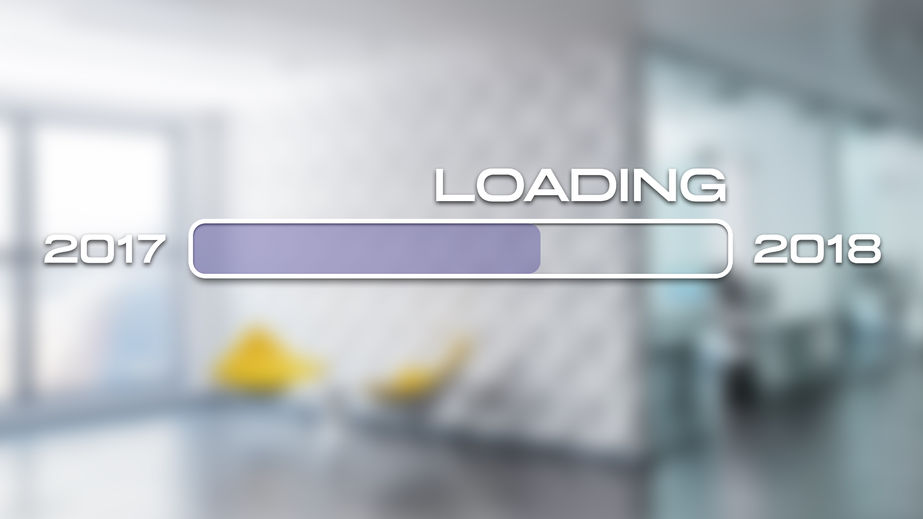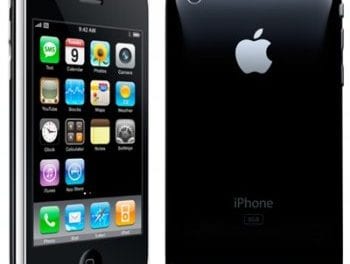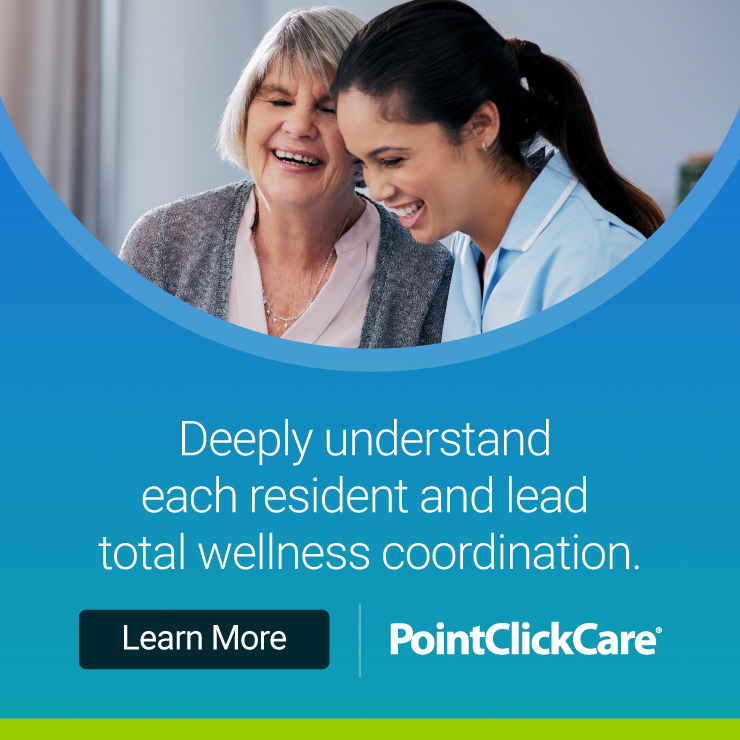What can senior living communities accomplish with a deeper, more nimble set of strategic data in the upcoming year?
By Susan Saldibar
Over the last year, I spoke with several subject matter experts about the power of data, much of which is going unused in today’s senior living communities. Data is everywhere, but capturing it and turning it into strategic (and actionable) information is something altogether different. And it’s not easy to do without some pretty sophisticated technology.
So, with that in mind, what can senior living communities accomplish with a deeper, more nimble set of strategic data in the upcoming year? Many of the answers lie inside the interviews I’ve conducted this year with the folks at PointClickCare (a Senior Housing Forum partner) as well as with some of the subject matter experts they connected me to. Below are the top five areas where data is positioned to play an increasingly important role in 2018 and beyond.
-
Connecting staff: This is an area where technology has helped so many senior living communities turn the corner in terms of making the lives of staff, residents, and families easier. Travis Palmquist, Vice President and General Manager of Senior Living for PointClickCare, pointed out recently that senior living communities have always strived to provide a more home-like environment, trying to avoid a clinical institutional environment with nurses’ stations. Technology helps them achieve this by equipping staff with mobile devices. “We’re seeing some exciting new apps that provide a lot more face time with residents,” Travis notes. “And they are as easy to use for older workers as they are for millennials.” (As an “older worker” I would agree.)
Heidi Elliott, VP of Operations, Independent Living, Assisted Living & Home Health for Welcov Healthcare, would also agree with that. Heidi arms her caregivers with tablets to track services, such as medication administration as well as other personal care services. What’s great about it? No more having to go all the way back to a central computer station to log each service performed! -
Assessing and improving performance: The ability to collect and organize data in ways that help communities track and improve performance is huge. It’s called Electronic Health Record (EHR) technology and some of these systems can do even more. And, as Phil Fogg, Jr., President & CEO of Marquis Companies, notes, it gives you the ability to collect data to analyze how your community ranks in areas like hospital readmissions, emergency department admissions, 5-star quality ratings, and so on. If you don’t have electronic health records, however, it’s harder to put a clear performance profile together quickly.
-
Building stronger referral networks: Travis Palmquist is seeing communities use ancillary services to open up doors to new sales opportunities. They are enabling communities to approach hospitals, practitioners and physicians’ networks – essentially building a new referral network. Back when I spoke with Travis I asked about the need to show outcomes and demonstrate how these services can lead to things like fewer re-admits. Travis acknowledges that need. And that’s where technology comes into play, he told me. “You need to have technology that keeps accurate records of each resident and is able to produce detailed reports that demonstrate progress and can be produced and presented to prospective referral partners,” Travis explained. “Without a solid technology platform, like PointClickCare, to support it you’ll be spending too much time assembling reports manually. That defeats the whole purpose,” he added.
-
Improving billing accuracy: For Heidi Elliott, the most challenging parts of creating an accurate bill is making sure you are including all those smaller billable services. Those are the ones that tend to fall through the cracks. By catching all billable events and providing solid data to back each one, she is able to close a critical loophole. “One thing we measured when we introduced our new pricing model was the impact on revenue as an organization. The end result for us was a revenue increase of 12 percent annually for our assisted living division,” she reported.
Dana Wollschlager, a senior living consultant for Plante Moran (one of the largest CPA and business advisory firms in the U.S.), recommends that senior living communities use technology to properly track and bill services. As Dana points out, Plante Moran often recommends PointClickCare to help streamline operations for senior care providers. She also points out that keeping tight control over costs doesn’t mean you have to reduce the quality of care. Successful senior living communities are increasingly making use of integrated technology platforms to improve their margins, by tracking costs that often slip through the cracks. These are the costs associated with residents who require more care as they move through the care continuum. There is a multitude of chargeable services that can be tracked and billed. Collectively, they can make a huge difference to margins.
Data transparency is also important. Elena Ortiz, Senior Vice President of Operations for Spring Hills Senior Communities, spoke of the importance of using data to tightly integrate billing with other records, including things like nurses’ notes. By doing this, everyone can see exactly where the billable charges are emanating from. -
Supporting ancillary services programs: Phil Fogg has spent a lot of time and effort focusing on ways in which providing ancillary services can benefit a senior care provider. He points out that, while many communities use added services primarily as a profit center, as the data becomes more refined, communities are using ancillary services as part of an integrated population health management strategy. Either way, technology is needed to provide a hub that collects and organizes the data to enable accurate billing for services rendered. No matter what your reasons are for migrating into ancillary business sectors, Phil makes it clear that you can’t do it without a strong technology platform. “You can’t do all this without EHR,” Phil tells me. “A good EHR sitting beneath your service platform will enable you to connect to almost all your databases and applications,” he adds. They are currently using PointClickCare as the hub at the center of the ancillary services operations. The PointClickCare EHR helps them to integrate with other key applications. By the way, it has also enabled them to go completely paperless in their facilities.
Overarching all of the benefits of richer data and more nimble delivery capabilities is the competitive advantage it gives communities. As Travis Palmquist recently told me, “Never has the need been greater for providers to differentiate themselves. You go to any senior care conference and you’ll see more bankers and investors than providers. And they are looking to invest. So how can a senior living community stand out from the crowd and get noticed? One way is by providing solid, integrated technology. Not only for engagement purposes but to deliver a higher level of service.”
Increase Revenue Through Ancillary Services | On Demand Webinar
Get real-world insight for increasing your community’s revenue from Phil Fogg Jr., President & CEO of Marquis Companies. With occupancy rates at an industry low, learn how Marquis is leveraging ancillary services to deliver an exceptional experience to community residents.
For more information on PointClickCare solutions, please click on the logo button below:
Click on the button below to download a PDF copy of this article:











